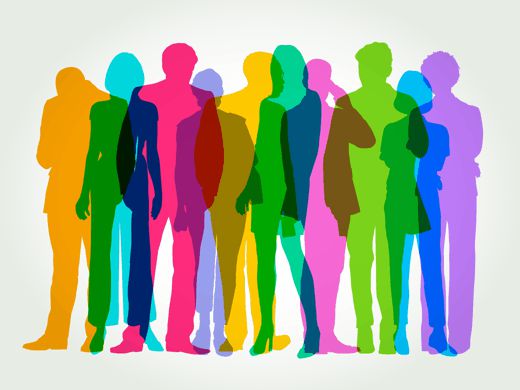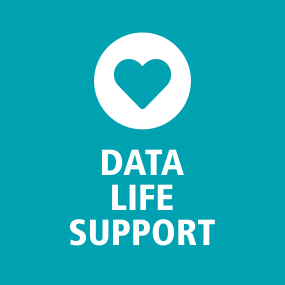Consumer Profiles
for the Philippines
Consumer Profiles
for the Philippines
Consumer Profiles for the Philippines uses an innovative, comprehensive ten-segment model for effective market investigation and identification of your target audience. It is the first product in its class to offer ten consumer types validated across multiple countries.

Consumer Profiles for the Philippines
This Consumer Profiles product presents the population of the Philippines, divided into ten easy-to-understand consumer classifications.
The product is based on segmentation criteria including socio-demographics, lifestyle values and orientation, mind-set, motivation and consumer behaviour in the Philippines. The data has been drawn from a representative global survey of around 30,000 consumers with various, relatively homogeneous, populations with different consumer characteristics and buying patterns. The research is then distilled into globally identifiable consumer profiles. Consistent and comparable data, with seamless transitions across borders, make this product ideal for international projects.
Consumer Profiles for the Philippines can be purchased on its own or bundled with GIS polygon data for administrative regions, postcodes and small areas. This effective combination will allow you to perform enlightening analysis supported by stunning visualisations.
 Philippines – Barangays
Philippines – Barangays
Product details
| Consumer Profiles for the Philippines | |||
|---|---|---|---|
| Administrative | Postcode | Small Area | |
| Available | |||
| Region Type | Municipalities and Cities | Barangays | |
| Number of Regions | 1,633 | 42,017 | |
| Average Population/Region | 67,000 | 2,600 | |
Consumer classifications
For each region type available, Consumer Profiles for the Philippines data contains population count (age 15+), percentage and rank for each of the following ten classifications. Click on the + icon for a description of each classification.
Data formats & delivery
Consumer Profiles for the Philippines data is available in many popular GIS formats, including:
- Esri Shapefile
- Esri File GeoDatabase
- MapInfo TAB (Extended)
All data products are delivered using our secure data delivery platform, Europa Data Vault.

Related products for the Philippines
Extend your market insight into the Philippines with these compatible add-on products. Ask about special pricing for map data bundles.
Regions & Boundaries
Gain a deeper understanding of geography within a country with robust map data for location analysis and visualisation.
Demographics
Get to know your audience in terms of number of households, population figures by sex and age band plus the number of unemployed.
Purchasing Power
Understand disposable income by tiered area with this key indicator for effective location and sales territory planning.
Free data life support
All data products supplied by Europa Technologies include free, world-class, lifetime support.
Got a technical issue or licensing question? No problem – we’re just a call or an e-mail away.
Arrange your digital map licensing through us with the assurance of great value from your data investment.
How can we help you?
Ask an expert…
Do get in touch if you would like more details about Consumer Profiles for the Philippines (technical, licensing, pricing, etc.) or would like to arrange a personalised demo. Our product specialists will be happy to provide you with a free consultation.


 Philippines – Barangays
Philippines – Barangays











